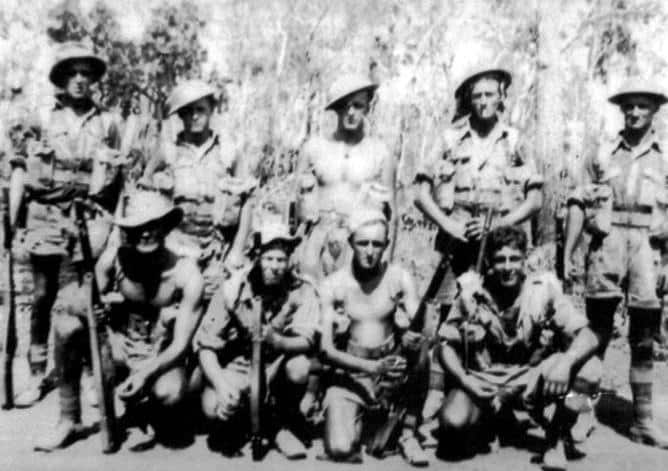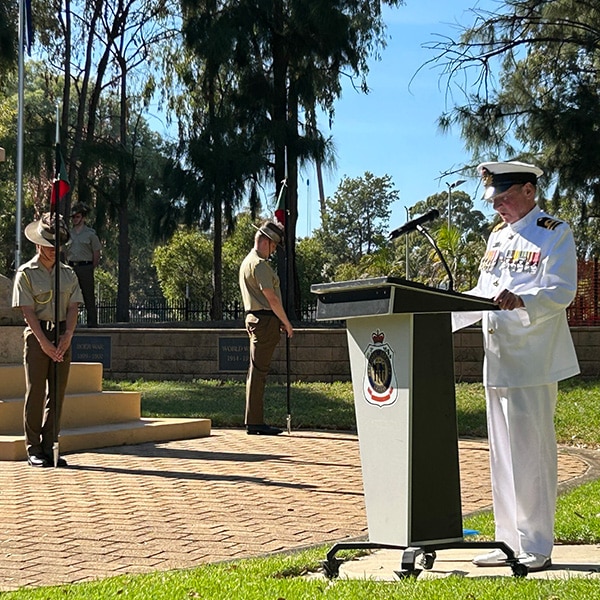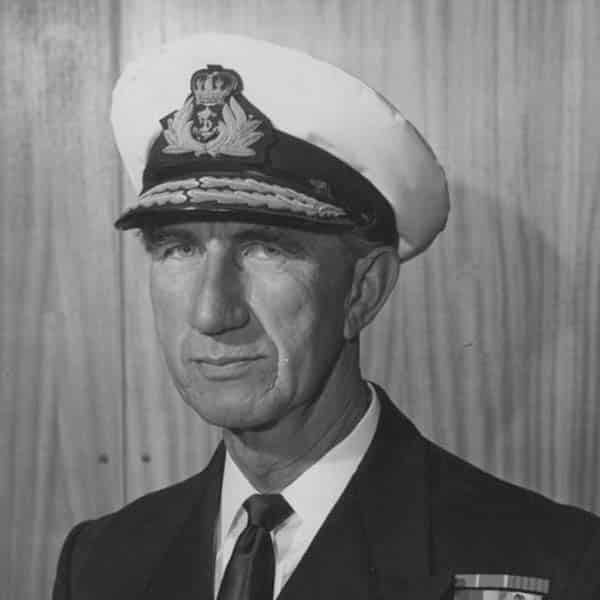HMAS Kuru & Vigilant

HMAS Kuru was a wooden hulled boat built at Balmain in Sydney by Mort Docks & Engineering in 1938 for the Northern Territory Patrol Service, mainly intended to examine the catch of Japanese luggers to ensure they did not poach pearl shell.
HMAS Vigilant was a prototype built by Cockatoo Docks & Engineering Pty Ltd in Sydney. She was the first ship in Australia built with an aluminium hull and superstructure and so as a consequence had a light displacement despite her length of over 100 feet. She was built for the Department of Trade and Customs and intended for use patrolling waters to the north of Australia.
Following the outbreak of the War in the Pacific both vessels were requisitioned by the Royal Australian Navy as auxiliary patrol vessels. Kuru was commissioned into the RAN in December 1941. Initially Vigilant was based at Townsville but in 1941 both vessels transferred to Darwin. During the fateful Japanese air-attacks on 19 February 1942, Vigilant fired at the attacking enemy aircraft with her limited armament. She was lucky to escape serious damage, being close to the ammunition ship MV Neptuna when she was hit and exploded.
Vigilant was involved in the rescue of survivors from the harbor.
At the out-break of the Pacific War, the Commonwealth government had deployed a force consisting of some 1,400 soldiers from the 8th Division AIF from Darwin to Dutch Timor, and they would become known as Sparrow Force. Upon landing the force was divided. Part would become known as the 2/2 Independent Commando Company who moved on to Portuguese Dilli, later known as Z Force.
In January 1942 it comprised a force of nearly 2,000 Australian and Dutch soldiers, together with some Portuguese civilians who were carrying out a guerrilla campaign against the occupying Japanese Army. And, as with any Army they needed to be supplied with food, ammunition and medical supplies. At first, RAAF Hudson bombers were used and then an RAAF PBY Catalina made a successful landing to recover seriously wounded soldiers but it was deemed too dangerous to continue to use aircraft as the Imperial Japanese Navy controlled the skies with aircraft from their aircraft carriers.
The main contingent had remained in Dutch Timor but by 23 Feb, 1942 had suffered significant losses, were low on food and ammunition and so they surrendered to the Japanese. Their surrender was at the time, unknown but Australian authorities. Nothing was heard of Sparrow Force for some time until a weak signal was picked up in Darwin indicating “still fighting” but need food, ammo and medical supplies.
At one stage it was considered withdrawing Sparow Force but General Douglas McArthur refused, believing their intelligence information alone was too valuable, and so he directed the Naval Officer In-charge of the Darwin Area (NOICD) that it would become the Navy’s responsibility to continue to supply Sparrow Force.
This would prove to be equally dangerous also as the enemy controlled the sea as well!
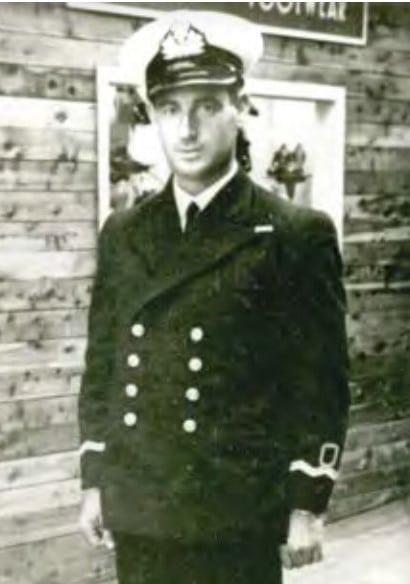
Consequently, HMAS Kuru was despatched in May of 1942 to make contact and supply the Allied forces. Her first mission was successful and she went on to make a further six voyages to Timor, mostly under the command of Lieutenant Asher Joel, RANVR (to gain later fame as Sir Asher Joel). On her last mission Kuru was sent in company with the minesweepers (AKA Corvettes) HMAS Armidale and Castlemaine. Kuru arrived on 30 November and after unloading supplies began ferrying more than 70 women and children who were to be taken off and transferred to Darwin.
Unfortunately, both Corvettes were delayed when they had to contend with Japanese air-attacks. Later Kuru rendezvoused with Castlemaine and transferred her passengers, who were to make the safety of Australian soil. HMAS Armidale and HMA Kuru were spotted by Japanese aircraft. Unfortunately, after being hit by several torpedoes, HMAS Armidale was sunk with significant loss of life. Kuru being a much smaller target and with constant manoeuvrers over several hours of repeated heavy attacks by numerous aircraft, where 260 bombs were released, suffered only minor damage with only three of her 21 members wounded.
Following the evacuation, HMAS Kuru operated in northern Australian waters. Her next notable feat was in January 1943 in rescuing survivors from HMAS Patricia Cam which had been sunk following an air attack.
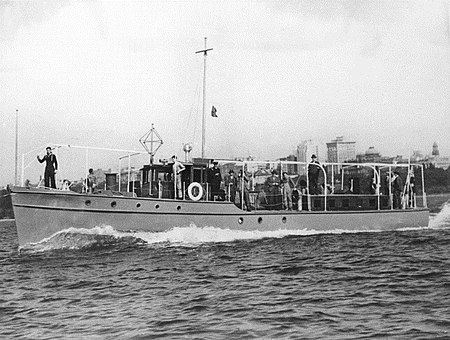
HMAS Kuru
Regrettably during a severe storm in October 1943, she sank alongside the floating dock in Darwin. The damage was so great she was withdrawn from service. In 1945 she was driven ashore in another storm, this time to be salvaged as a beachside home of a local hermit.
In July 1942 Vigilant, with a large hold capacity of 7 tons, also played an important part in the Battle of Timor providing essential supplies to Allied Forces.
Under the command of Lieutenant H.A. Bennett, RANR, sailing from Darwin she made three successful voyages and although attacked by Japanese aircraft she escaped unscathed. During this time, she was involved in the search for survivors from HMAS Armidale which was hit and sunk on Dec 1, 1942.
HMAS Vigilant was also engaged in the re-supply of other Corvettes in the Timor Sea including Armidale, Castlemaine and notably HMAS Deloraine when she proved her with depth charges during her successful engagement against a Japanese submarine.

HMAS Vigilant
On September 22, 1942 the destroyer HMAS Voyager was dispatched from Darwin with 250 men of the 2/4th Independent Company and a considerable load of supplies to reinforce the Allies in Timor.
Because of his local knowledge Lieutenant Bennett, the Commanding Officer of HMAS Vigilant and a previous CO of HMAS Kuru, was loaned to HMAS Voyager to assist with navigation. The next day Voyager made her destination in the uncharted Betano Bay and began troop disembarkation. Disaster struck when she dragged her anchor in extremely strong tidal waters and became stranded on the beach with all efforts to free her failing. When spotted by enemy aircraft she was an easy target and to avoid falling into enemy hands the unenviable decision was taken to scuttle the ship. HMAS Kalgoorlie and Warrnambool later carried out a rescue mission to return survivors to Darwin.
Lieutenant Herbert Alan Bennett, RANR was a man with many commands. Initially appointed a Probationary Sub-Lieutenant RANR (S) in 1941 at the age of 42, he held a Second Mates (Foreign Sea-going Certificate) which enabled him to become a Naval Officer.
His commands included HMA Ships Winnilya, Larrakia, Kuru, Gunbar, Vigilant, Tooronga, Sprightly, Warrnambool, and Ballarat. Upon taking command of HMAS Ballarat in February 1946, he was promoted Lieutenant Commander RANR, but left the NAVY shortly thereafter to become the harbor PILOT at Esperance and later at Geraldton.
As the war moved north the smaller patrol craft had less to do
On April 17, 1944 Vigilant was renamed HMAS Sleuth and again renamed on 13 March 1945 as HMAS Hawk. She was decommissioned on 12 November 1945, five years to the day from her original commissioning. She was then returned to Trade and Customs once more as PV Vigilant. This was not to last long and she was sold to commercial interests and involved in whale spotting of the West Australian coast until this trade declined in 1965. She then returned to Sydney where it was hoped she would be restored but in a pay dispute in April 1966 she was sunk by her crew while alongside at her moorings in Sydney. The hulk was later broken up and so ignominiously ended the career of one of our finest small vessels.
The end of the gallant HMAS Kuru, which alone had defied the might of the Imperial Japanese Navy was tragic. In October 1943 she was caught in a severe storm and accidentally driven into the side of Darwin’s floating dock. The damage was so great she was withdrawn from service. In 1945 she was driven ashore in another storm, this time to be salvaged as a beachside home of a local hermit.
HMA Ships Kuru and Vigilant were small and well-constructed vessels but were not designed or destined for war and, of which not too much could be expected in their new roles.
However, with dedicated officers and men, they punched way above their weight and played their part in the Battle of the Timor Sea with determination and distinction.
LCDR H A Bennett RANR died in July, 1987
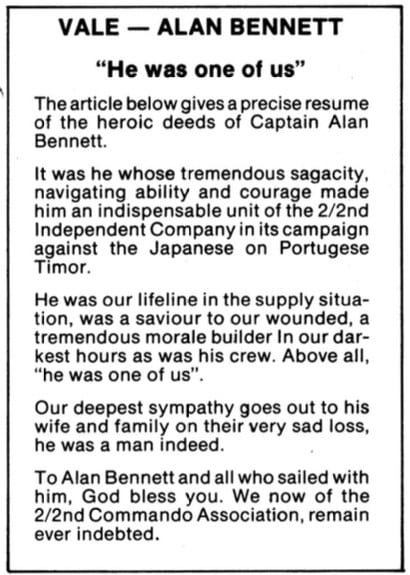
Dimensions:
| Kuru | Vigilant | |
| Builders | Mort Docks & Engineering, Balmain | Cockatoo Island Dockyard |
| Launched | 1938 | February 1938 |
| Displacement | 55 tons | 106 tons |
| Length | 76 Feet | 102 Feet |
| Beam | 14 Feet | |
| Engines | 2 x diesel | 2 x 16 Cyl, 320 HP Diesels |
| Service Speed | 13 knots | 14.7 knots |
| Complement | 21 men | 15 men |
| Armament | 2 x 20mm Oerlikon | 1 x 20mm Oerlikon |
| 2 x Light Machine Guns | 2 x Light Machine Guns | |
| 2 x Depth Charge Chutes | 2 x Depth Charge Chutes |

